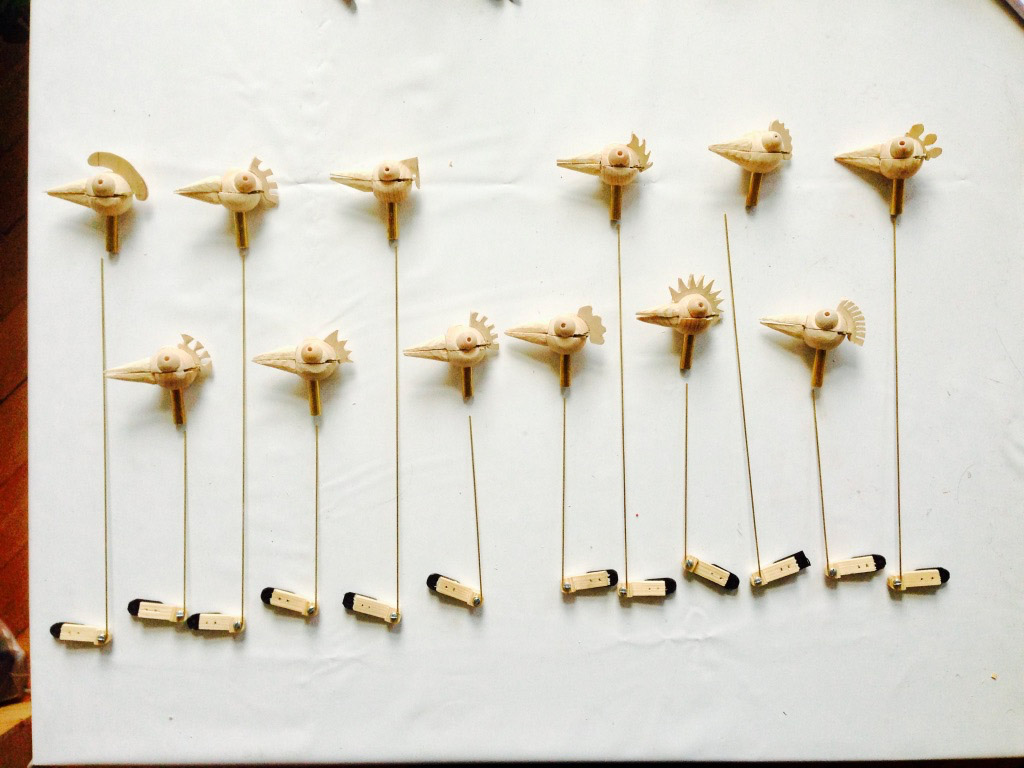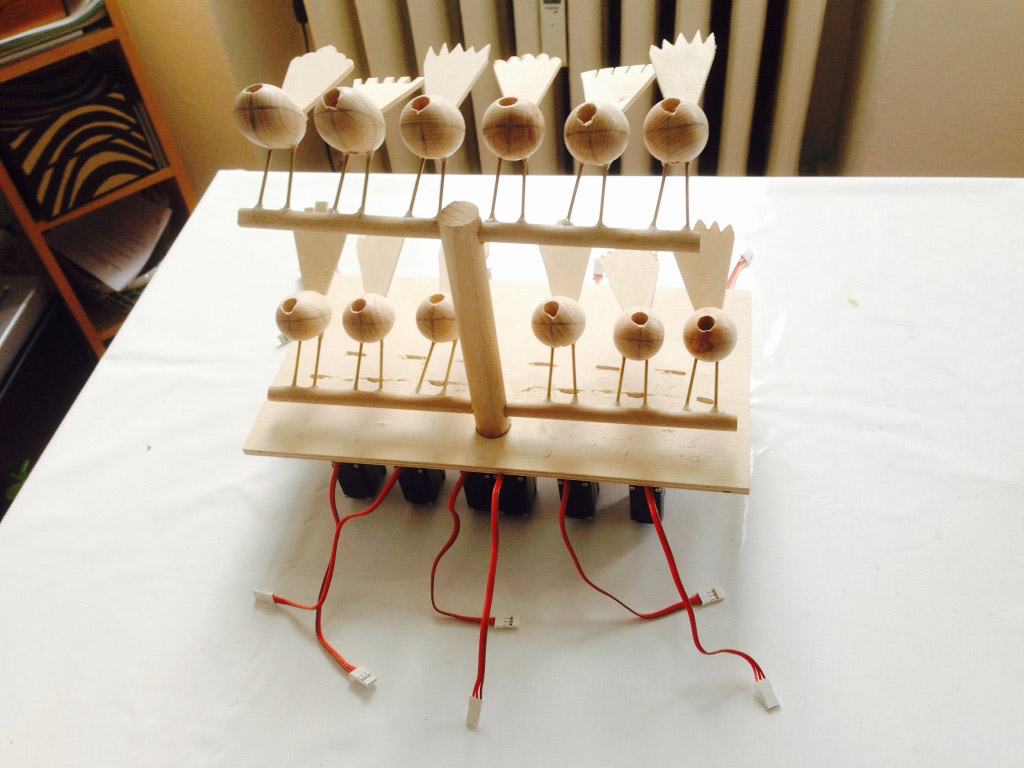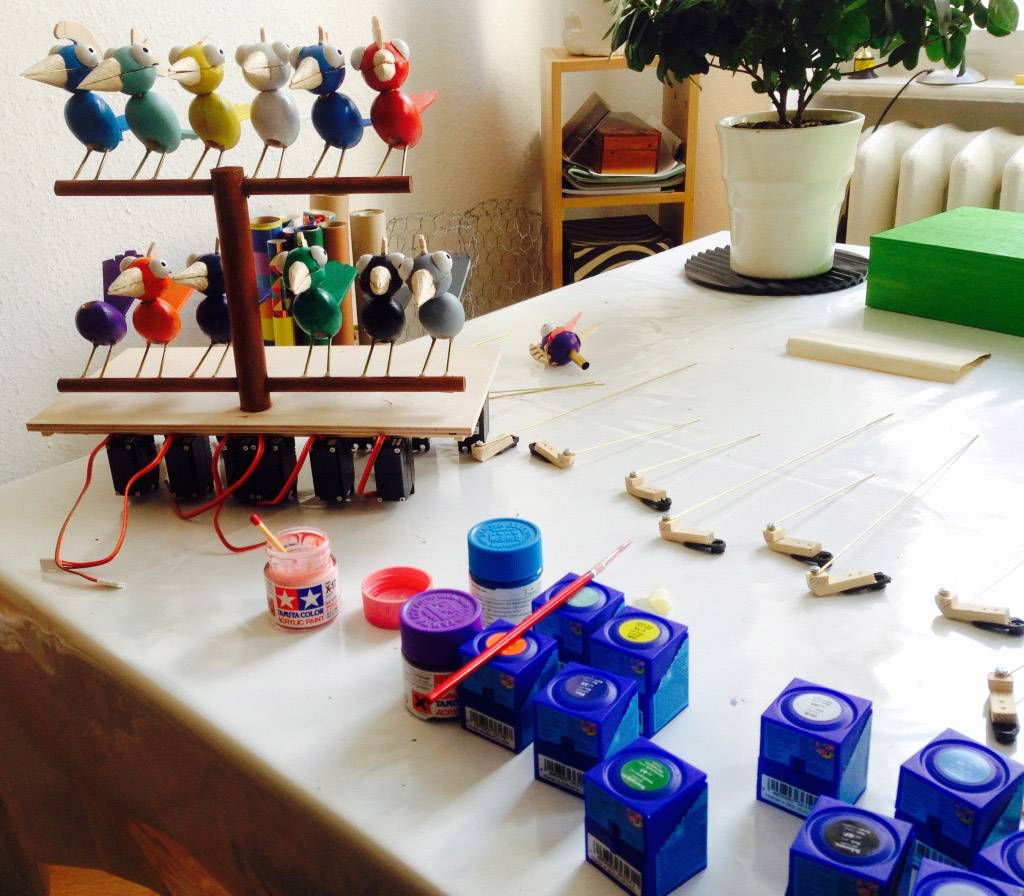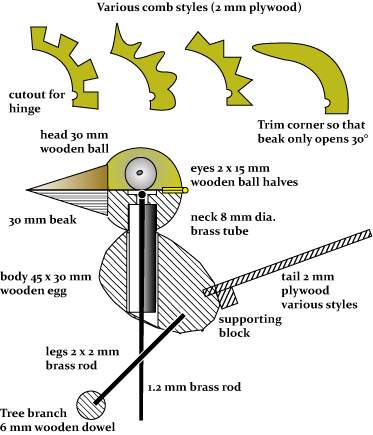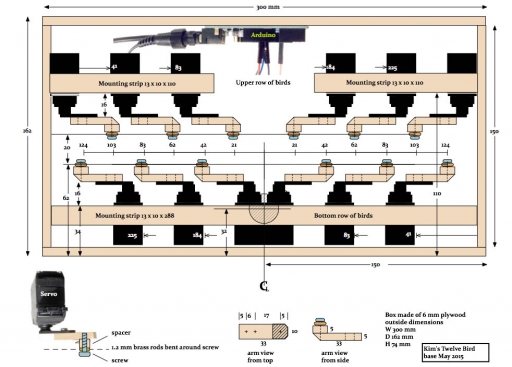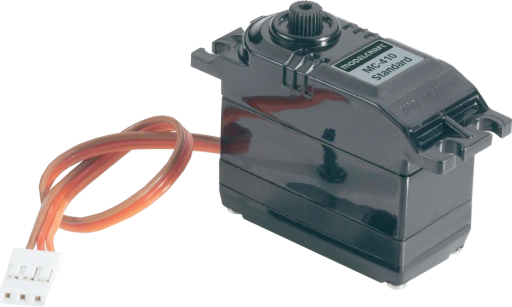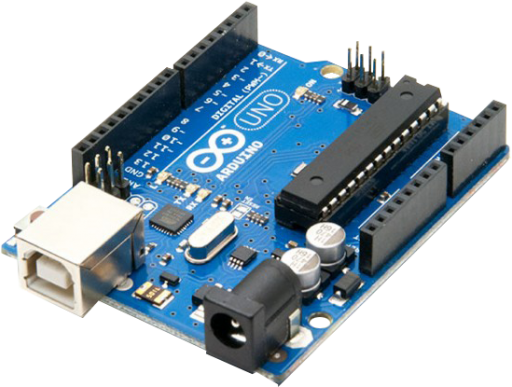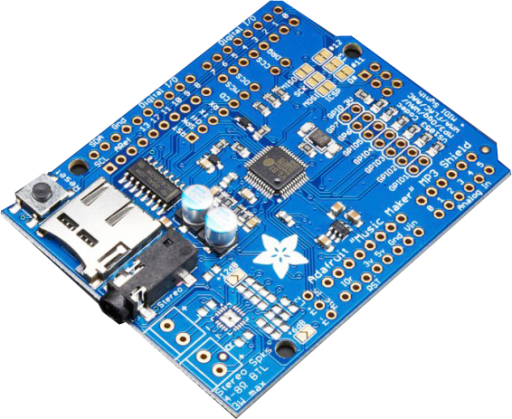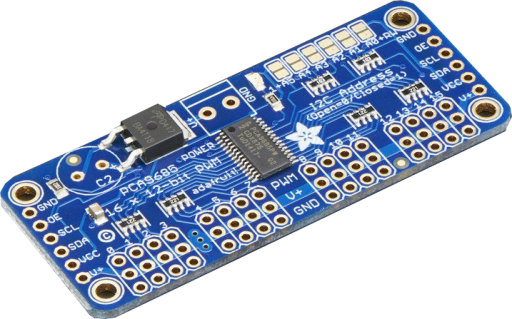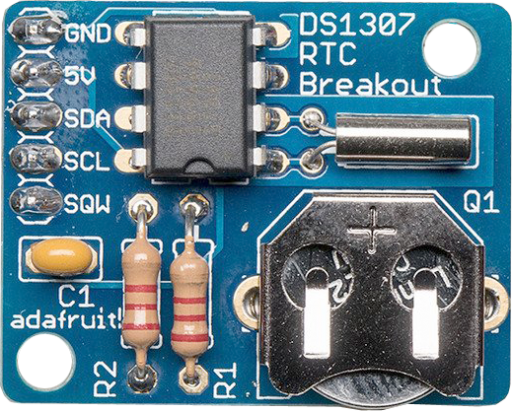The birds
For each bird, take one egg 45 x 30 mm, one 30 mm ball, one 15 mm ball with a hole, 13 x 10 mm wooden strip, 8 mm brass tube, small free-moving hinge, 2 mm plywood, 1.2 mm brass rod, 2 mm brass rod
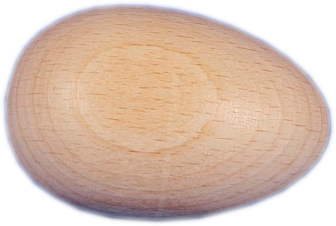
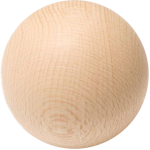

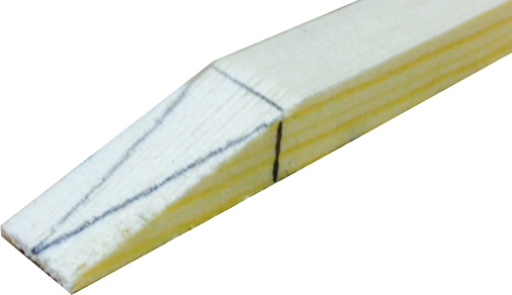
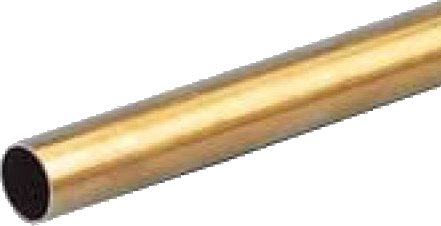
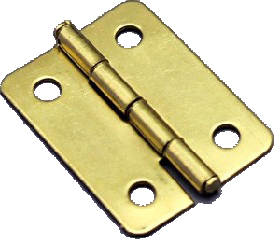
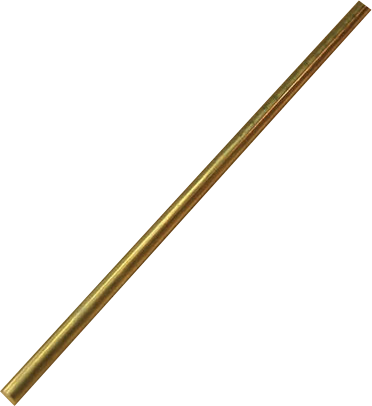

Make 12 birds. Be careful drilling eggs, use pilot holes to prevent the drill slipping. Use a strong glue to fix the hinges but make sure they still move easily. The 1.2 mm brass rod is used to push the beak open until it reaches 45°(ish) and is restrained by the comb when the whole head will move up, exposing the brass neck.
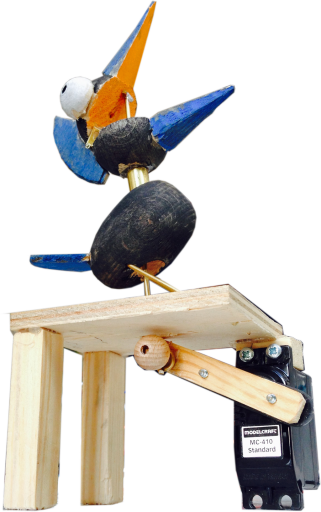
Simple lever on the servo pushes/pulls the brass rod in this prototype. The slot for the brass rod is large enough to accommodate its sideways movement. There is a cross piece soldered to top of rod keep head straight(ish)
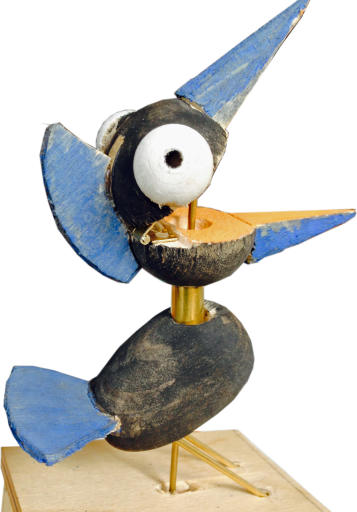
The bird’s comb stops beak from opening too far. With the beak fully open, further movement of the rod stretches its neck.
The Base
My base was quite compact. It would be easier to make it larger and space things out.
I used twelve cheap (€6.59) and cheerful servos. I added calibration into the software to deal with the variations in positioning.
The Electronics
Take one Arduino Uno , one Music Maker shield, one 16 channel PWM driver board with added 2200 µF power smoothing capacitor, one real-time clock board, a micro SD card, a loudspeaker, a pushbutton and a power supply.
Assemble the Music Maker, fit it onto the Arduino, wire up the PWM driver board and RTC. The Music Maker uses the SPI bus. The RTC and the servo driver both use the I2C bus. The default addresses are fine.
Inspiration
BBC tweet of the day
Tinkersoup MP3 shield €36
Adafruit overview of MP3 shield
BBC birdsong
Birds tree by Carlos Zapata
Freesound For Dawn Chorus
Use Camera with SD card to mount the SD card as drive on Mac computer.
Drag and drop to copy files.
Parts
Modelcraft Standard-Servo 410 Standard Analog Servo 410 plastic gears JR € 5.99
Wooden eggs, 45×30 mm €0.50
Wooden ball 30 mm diameter €0.32
Work in progress

